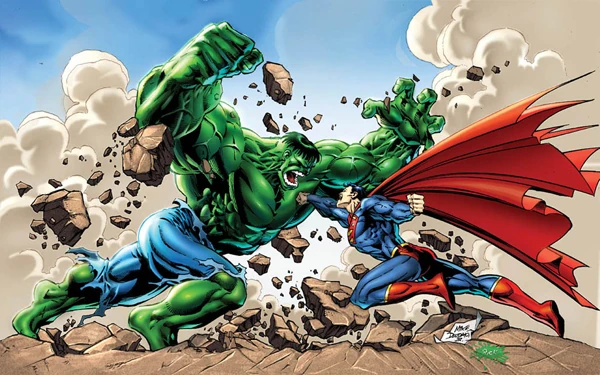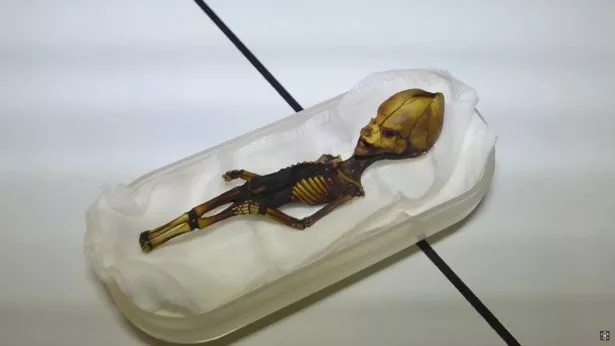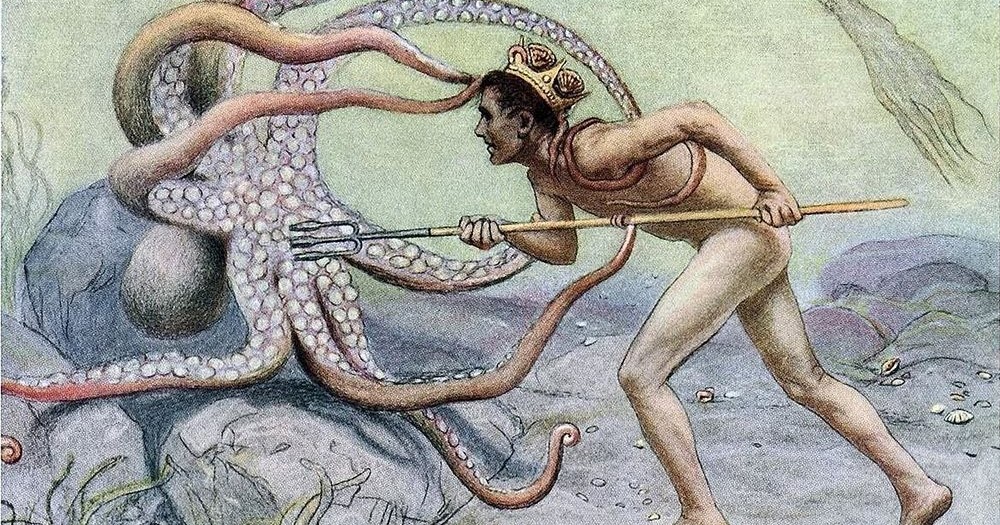Why does a Golf Ball have Dimples?
Written by Sneh Chaudhry on January 19, 2022
Small hollows which are present on the surface of a golf ball are called ‘dimples’. These dimples allow the ball to travel much faster through the air and also help in the accuracy of a shot.
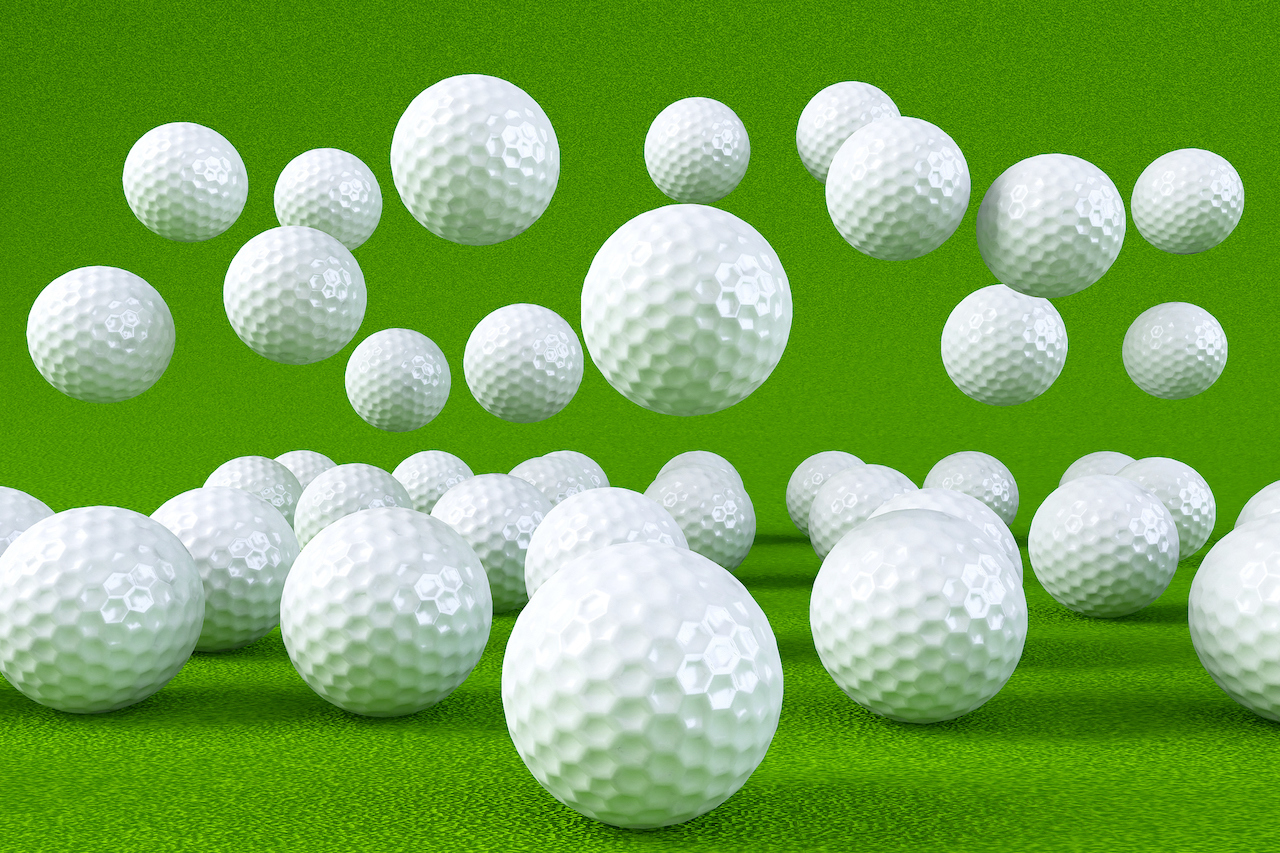
What’s inside a Golf Ball?
Inside the golf ball is a small rubber sac filled with a liquid. Tightly wrapped around this is a rubber thread. On top of that is a thin rubber-like cover with dimples in it. The depth and arrangement of dimples differ with different kinds of balls. These factors affect how far and high a ball can go.

When a golf ball is hit, it forces the air out of its way as it moves. The dimples help the air to move quickly behind the ball, so it travels faster.
With no dimples, the ball does not go very far as air doesn’t move behind the ball fast enough.

Those who play golf use different types of clubs to make the ball go further or higher.
Additional Facts and Information
Modern-day golf was developed in Scotland. However, some historians have traced the sport back to the Roman game of ‘paganica’ in which players used a bent stick to hit a stuffed leather ball. Early golfers used wooden balls, but these were replaced in the early 17th century by stitched leather balls stuffed with boiled feathers.

Then in 1842 balls were made from gutta-percha.
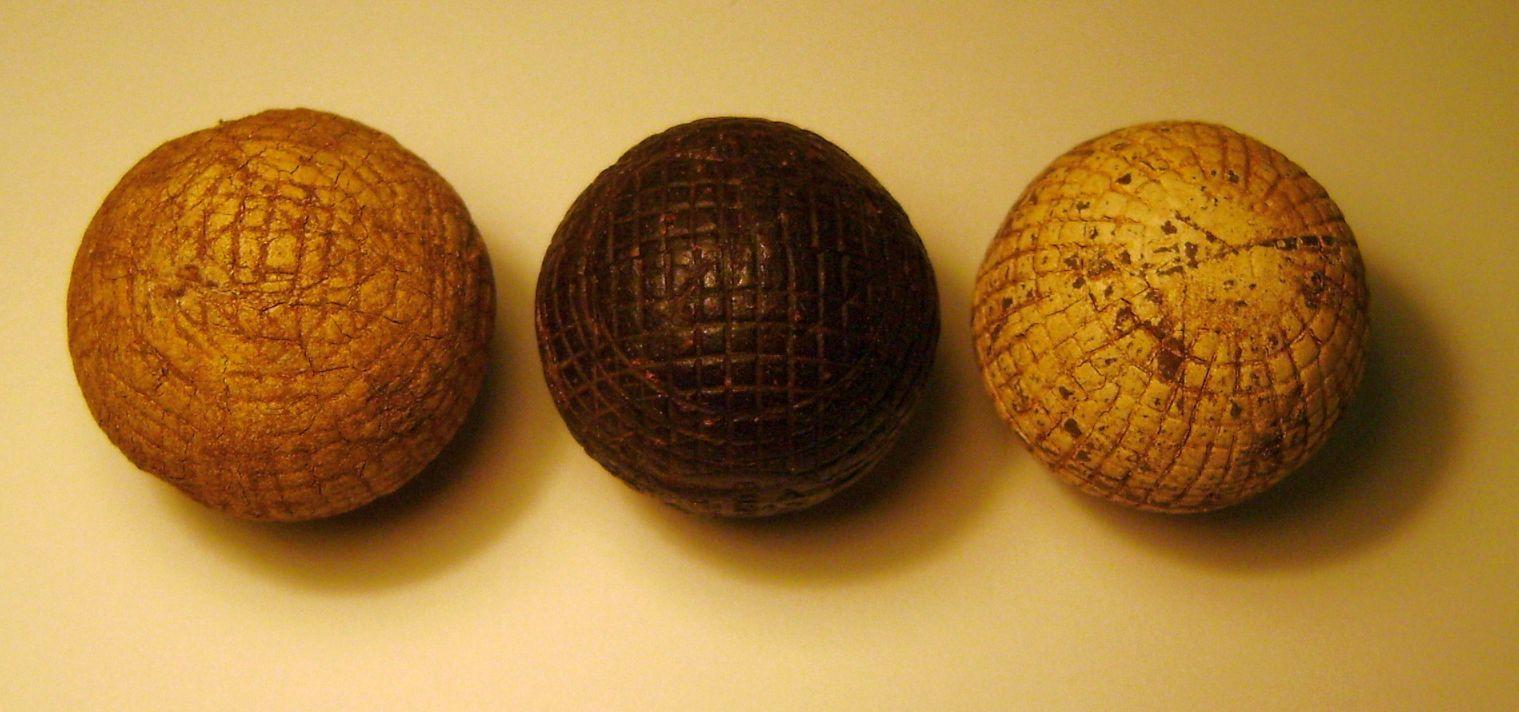
Since the early 20th century golfers started using balls made from rubber which greatly increased golf’s popularity because it was easier to hit into the air and travelled much faster than the gutta-percha ball.

